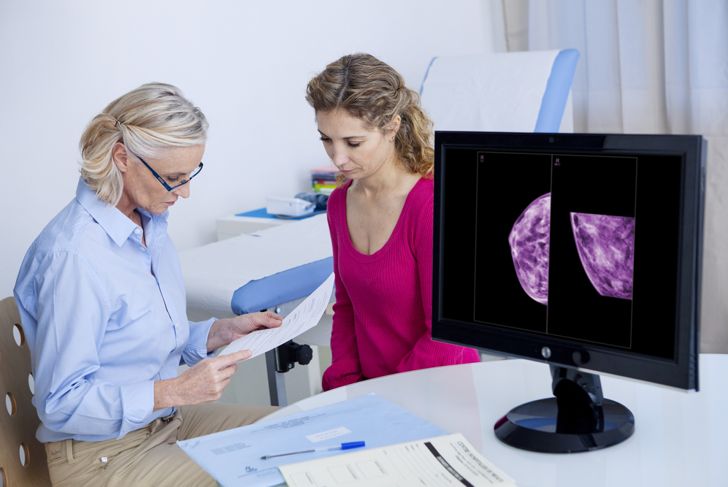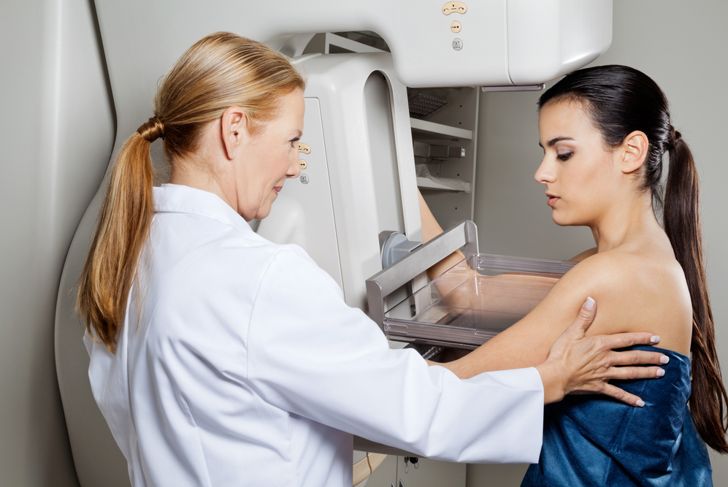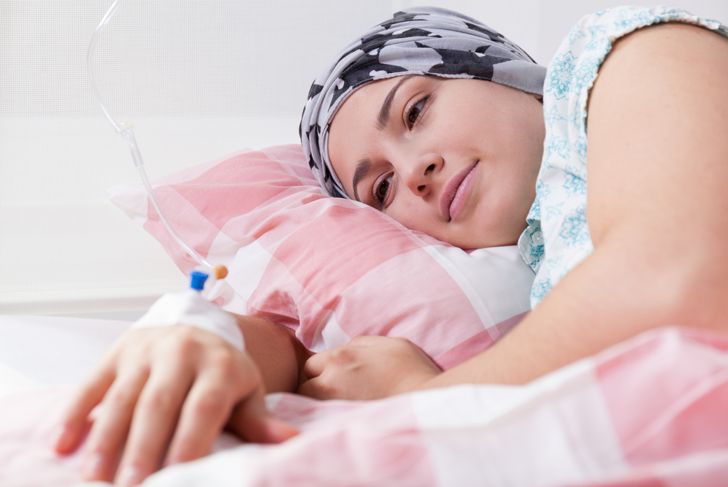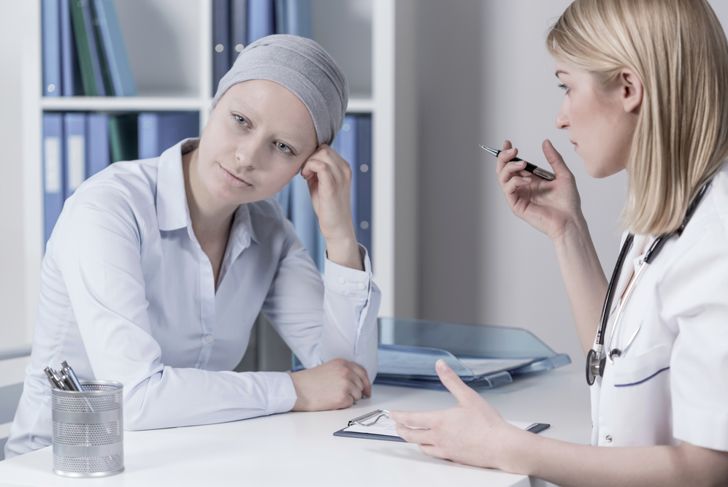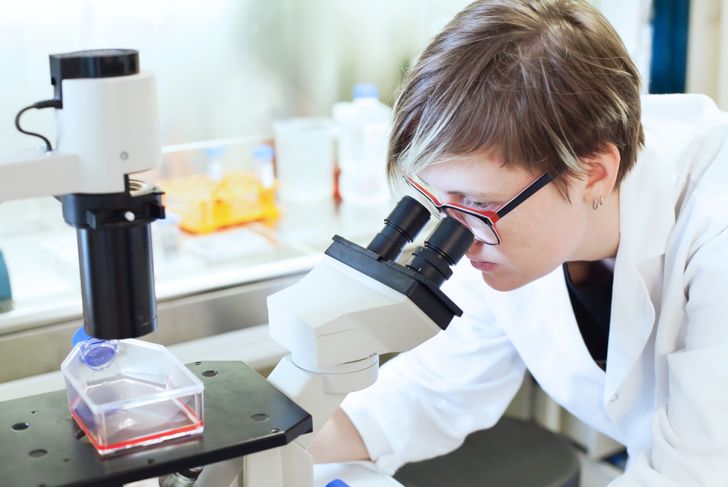Breast cancer affects about 1 in 8 US women and is 100 times less common among men. Environmental exposure to carcinogens such as radiation, pesticides, cigarette smoke, plastics, endocrine disruptors, and obesity have been recognized as possible contributory factors to an increased risk of breast cancer. The overall recovery plan will depend on several factors including the stage and size of the tumor. Your age, medical history, and general health are also important factors to consider in terms of treatment and prognosis of breast cancer. You can consult with a multi-disciplinary team of physicians, oncology nurses, pharmacists, nutritionists, and counselors about the various treatments for breast cancer.
Lumpectomy
An oncologist is a specialized surgeon who removes cancer. Eradicating cancerous cells from the body via surgery is the primary treatment for breast cancer. A lumpectomy is the removal of the tumor itself along with a minuscule amount of healthy tissue that surrounds the cancerous cells. The majority of the breast remains after the operation is complete, but radiation therapy may be recommended as a follow-up procedure. Nevertheless, a lumpectomy may also be referred to as breast-conserving surgery. In most cases, a smaller tumor means more surgical options.
Mastectomy
During a mastectomy, the breast is removed completely. However, there are several kinds of mastectomy surgeries available. A skin-sparing mastectomy preserves some of the tissue; in certain cases, a nipple-sparing mastectomy will keep the nipple intact thus leading to an improved cosmetic result. In some patients, lumpectomy surgery is paired with radiation, but may still need to be followed by a mastectomy later in life. Women who chose a lumpectomy have the same chance of surviving breast cancer as those who get a mastectomy. In both surgeries, there is still a chance that the cancerous cells can return.
Radiotherapy
High-energy x-rays are used to destroy cancerous cells. A radiation oncologist is a specialized doctor who helps treat breast cancer patients. External-beam radiation therapy, which uses a machine outside of the body, is the most common form of treatment. Intraoperative radiation involves probing the cancerous cells in the operating room. Brachytherapy occurs when radioactive sources are placed directly into the tumor. These two types of radiation are not common nor are they recommended for everyone as they are used mainly in cancers, which did not spread to the lymph nodes. Patients usually receive radiation after surgery for several weeks.
Chemotherapy
In some cases, patients with breast cancer have to use specific medications that destroy the tumor. Chemotherapy involves a series of drugs that will stop the cancerous cells from growing and dividing. It can be administered via an intravenous tube (IV) or an oral capsule or pill. Not all breast cancer patients undergo chemotherapy as a treatment; it depends on the type and stage of cancer along with the likelihood of success. Your medical oncologist may suggest neoadjuvant or preoperative chemotherapy, which takes place before surgery. This allows the tumor to shrink in size and thereby, decreases the risks of surgery by making it easier to perform.
Hormonal Therapy
Also known as endocrine therapy, tumors that test positive for progesterone or estrogen receptors may require hormonal therapy to get rid of them. These tumors use hormones to boost their growth. Thus, it is critical to block these hormones from fueling more cancerous cells to develop or return. This treatment may be used at early or late stages of breast cancer and is often associated with surgical and chemotherapy treatments, too. Patients who are postmenopausal will be prescribed a different type of hormonal medication.
Targeted therapy
Unlike chemotherapy, targeted therapy focuses on specific genes, proteins, and tissues that are affected. Further, the method not only blocks the growth of cancerous cells and prevents them from spreading, but it also does limit collateral damage to any surrounding healthy cells. Testing may be required to determine the exact target of the tumor as they may be numerous. Advanced targeted treatments, which zoom in on the molecular level of cancer, are becoming more available. Make an appointment with your family doctor to talk about targeted therapies as they are given to both confined breast cancer and metastatic tumors.
Combination Therapy
When breast cancer spreads to other parts of the body, more aggressive treatment may be required. This method consists in a combination of chemotherapy, targeted therapy, and hormone therapy. The goal is to rid the body of all the cancerous cells. The drugs will travel throughout the bloodstream to different locations to destroy the cancerous cells. Sometimes referred to as adjuvant therapy, the various medications are given in addition to surgery. It can be overwhelming and tiresome to undergo such an aggressive protocol. Discussing your feelings and preference with your oncologist team is crucial.
Complementary Therapy
It has become common for some breast cancer patients to consider implementing a holistic treatment while undergoing conventional treatments. The goal of complementary therapies is to improve a person’s overall health by relieving the toxic effects of stress and emotional components associated with the disease. These at-home remedies may include healthy dietary changes and exercise, vitamins, and the use of essential oils, to name a few. Techniques like acupuncture and massages might have lasting, positive effects. Complementary therapies may not cure breast cancer, but they can attenuate symptoms, ease the adverse side effects of the drugs, and improve the patient’s quality of life. Make sure you discuss any avenues of complementary therapy you wish to explore because certain natural products may interact with pharmaceutical drugs.
Bone-Modifying Drugs
If breast cancer has not spread to other parts of the body, taking bone-modifying drugs such as bisphosphonates can assist in preventing recurrence. For example, zoledronic acid or clodronate prescriptions may help postmenopausal women. In cases where cancer has traveled to the bone, higher doses are available to block bone destruction and contribute to strengthening the remaining bone. Pamidronate and zoledronic acid are two beneficial bone-modifying drugs for patients with metastatic cancer. Unfortunately, not all medicines are readily available, so consult with your medical provider about your breast cancer treatments.
Clinical Trials
Clinical trials are available for patients with cancer. Enrolling in such clinical trials may offer the option to test new therapies/drugs, especially when standard medications have failed. That way, scientists, and doctors can determine the overall benefits and risks of new drugs for breast cancer. These studies may not only help find new ways to manage breast cancer but also identify the best protocols according to the stage of the disease while comparing the results with existing protocols. A small percentage of breast cancer patients participate in clinical trials. If you want to take part in a clinical trial, you need to discuss your local and national options with your physician.

 Home
Home Health
Health Diet & Nutrition
Diet & Nutrition Living Well
Living Well More
More